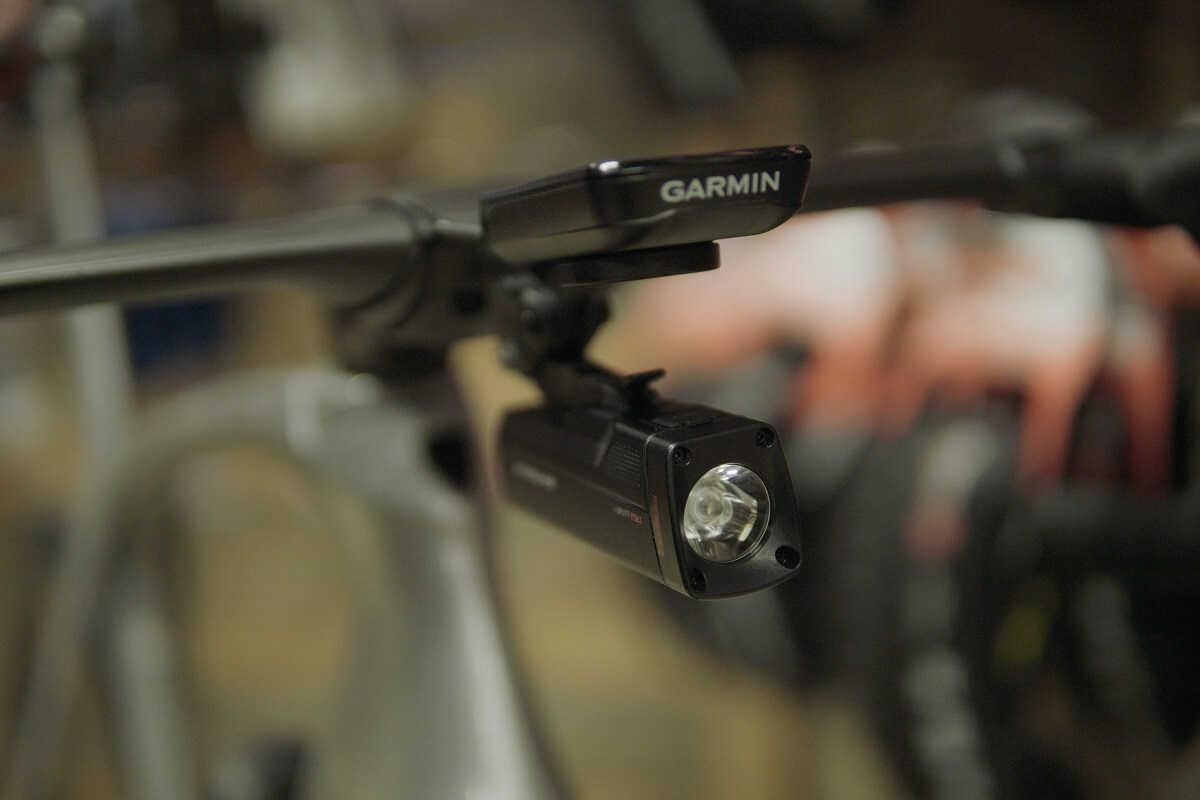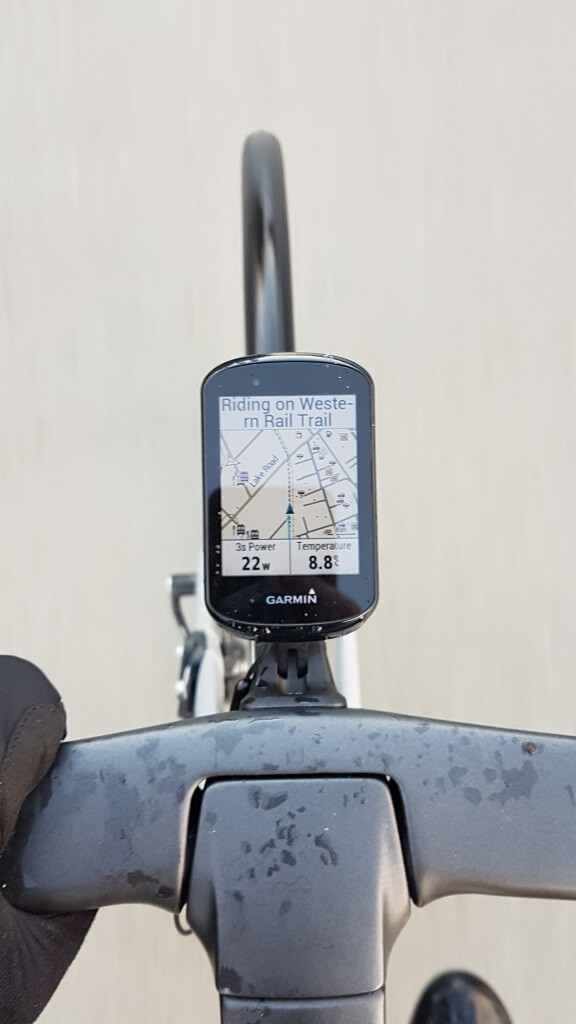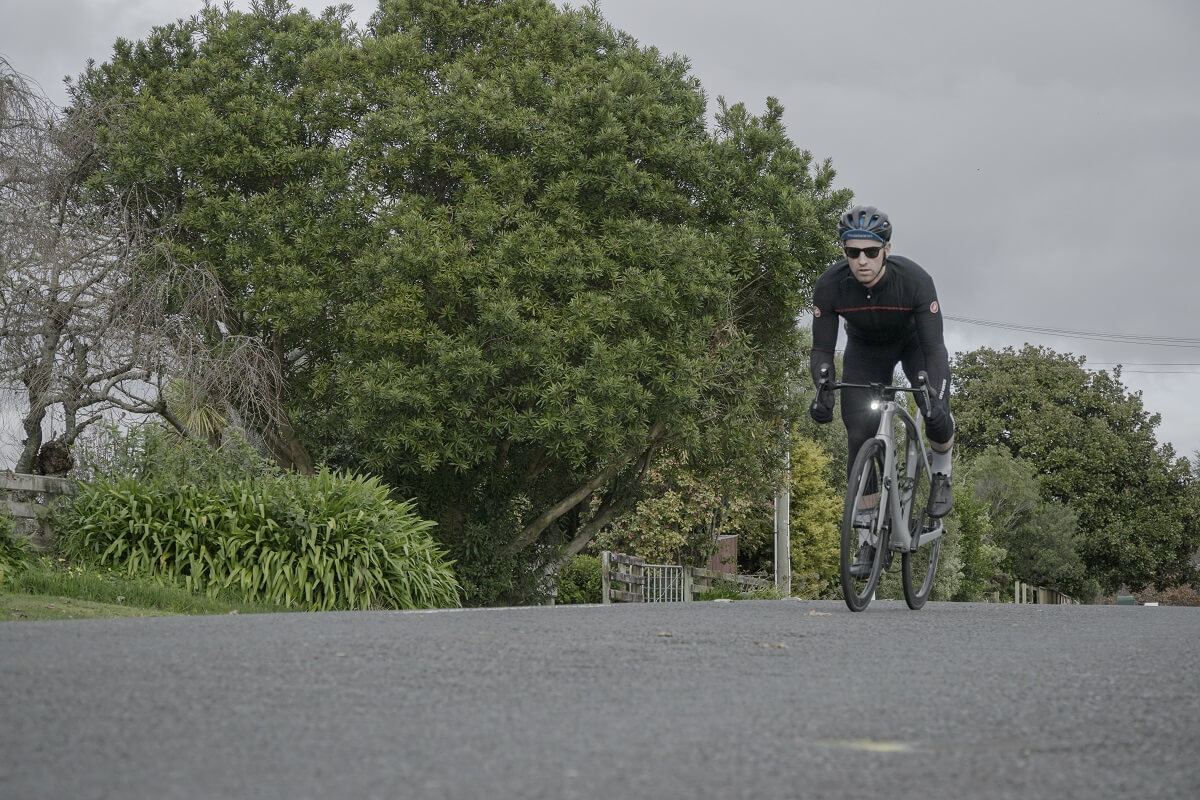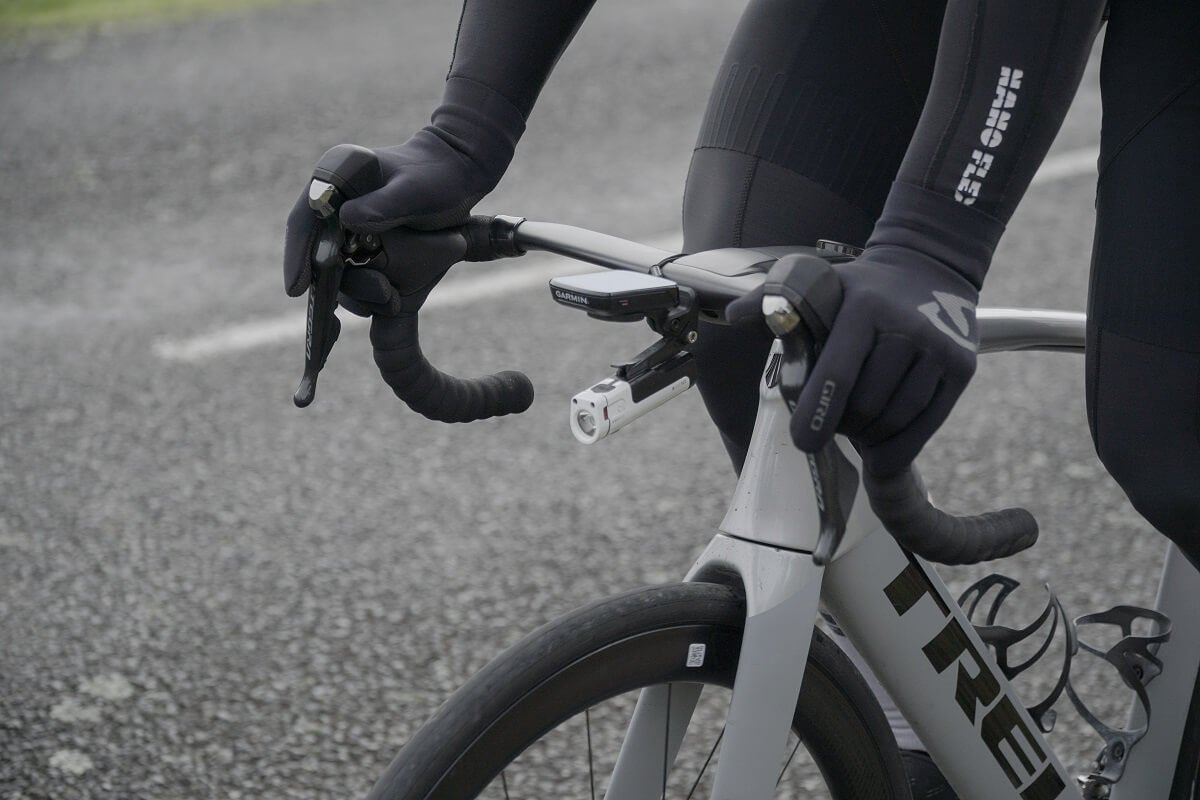-
Interest Free
UP TO 36 MONTHS INTEREST FREE FINANCE

Hamish Roake | Mon 2nd Dec 2019 12:00
Good looks, intuitive menus, lasting battery – the Garmin Edge 830 has it all
Over the past month or so I have replaced the old faithful, the Garmin Edge 500, with a shiny new Garmin Edge 830. With over a decade of development between the two units, I was beyond excited to experience the difference in tech first hand.With over a decade of development between the two units, I was beyond excited to experience the difference in tech first hand.

The first and most obvious jump in technology was moving to a full-colour touchscreen. The touchscreen makes setting up the pages a breeze. No more fiddling with buttons for an hour trying to get those screens just right. You simply hold down a tile and then tap to edit.
The menus are intuitive and provide all the data I'd need. Tiles can be changed while riding too. This can be especially useful when using temporary features such as Garmin’s Climbpro, which has stock fields that weren’t to my preference.


It also allows for easy movement between pages. A swipe of a frozen hand across the screen will do the trick, which is a pleasant change from fumbling with small buttons through thick winter gloves (which it also reacts to).
In keeping with trends of modern analysis technology, Garmin’s 830 has a swathe of connectivity features. It performs all the usual duties one expects from a high-end GPS computer in pairing flawlessly to a range of power meters, heart rate straps and other sensors using both ant+ and Bluetooth protocols.
As expected, the 830 also pairs with your cell phone, unlocking seamless integration between third-party software such as Strava and Trailforks. You can receive notifications via text, email and even social media.
It also automatically uploads rides when paired to your phone, or if this feature is not enabled, when you enter a saved wifi network. The unit can save three networks at once, so I have it connected to work and home for rides when I want to be phone free.
There are useful safety features such as Incident Detection, which will text your emergency contact if it detects you have been in a crash. This feature has a manual override to turn off, but I found it hard to use with gloves on and overly sensitive to normal riding situations. I turned it off after about two rides.

The safety feature that was super helpful was the ability to connect ant+ lights and set them to turn on as soon as I started a ride. The 830 would also flash low battery warnings on the screen as the lights drained, so it’s been a long while since I’ve had the unsettling experience of arriving home in the dark with the rear light having potentially been dead for the last 20km.
The 830 boasts an impressive battery life compared to my older unit, with a claimed 20 hours of GPS runtime, a stat I see no need to refute. I have been using the unit for daily commuting and longer weekend rides and have been charging roughly once a fortnight to keep it on the safe side. Gone are the days of panicking that the unit is only at 20% before Saturday’s bunch ride and potentially losing half those hard-earned miles to the ether. After all, if it’s not on Strava, did it even happen?



The navigation features on the 830 are a massive level up from anything I've used in the past.”
- Hamish Roake
The navigation features on the 830 are a massive level up from anything I've used in the past. Routes can be easily imported from third-party apps or created right on the unit, both in and out of wifi. These can be point to point or circuit based.
I find the Back to Start feature especially useful for pacing my early morning rides that get a little drawn out and require a time trial home. I can select the fastest route possible and set an average speed target based on the distance left.
From a more practical perspective, the 830’s touch screen allows for street addresses to be inputted using a keyboard for pinpoint accuracy.

As I predominantly ride on the road, I have not had much of a chance to test the mountain bike features of the 830, but in the few rides I have done, the Flow metric was quite helpful. I could see a difference in values when my riding got choppy versus when I was riding the best lines. The little beeps, whenever a good jump was made, were pretty cool too. They were strangely motivating when trying to make up time on the descents.
Aesthetically the 830 looks awesome. Black on black to go with any paint job, and by removing excess buttons it’s as streamlined as the Garmin range gets. Garmin has nailed the size too. It’s a little larger than the previous Edge 500 and 800 series units, but less bulky than the Edge 1030. It also splits the difference between functionality and ease of use with stealthy looks.

“It's got more than enough power to satisfy the most analytical data fiend.”
- Hamish Roake


I’d have no trouble recommending the Garmin Edge 830 to anyone. It's got more than enough power to satisfy the most analytical data fiend, it has maps capability, battery life for the long-distance tourer and the ease of use to suit a novice rider wanting a GPS unit that will see them through as they grow in the sport.
It’s a stylish package that delivers on key features without cutting corners.
